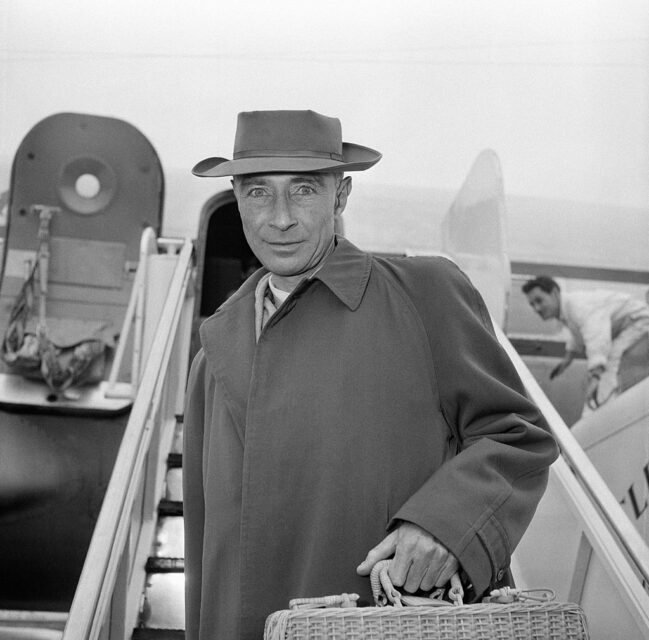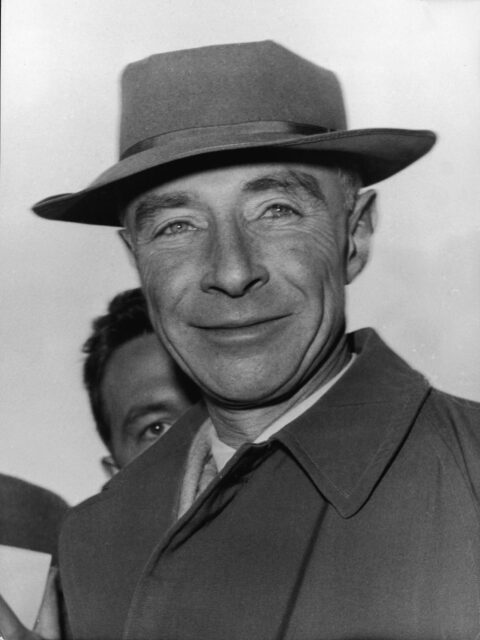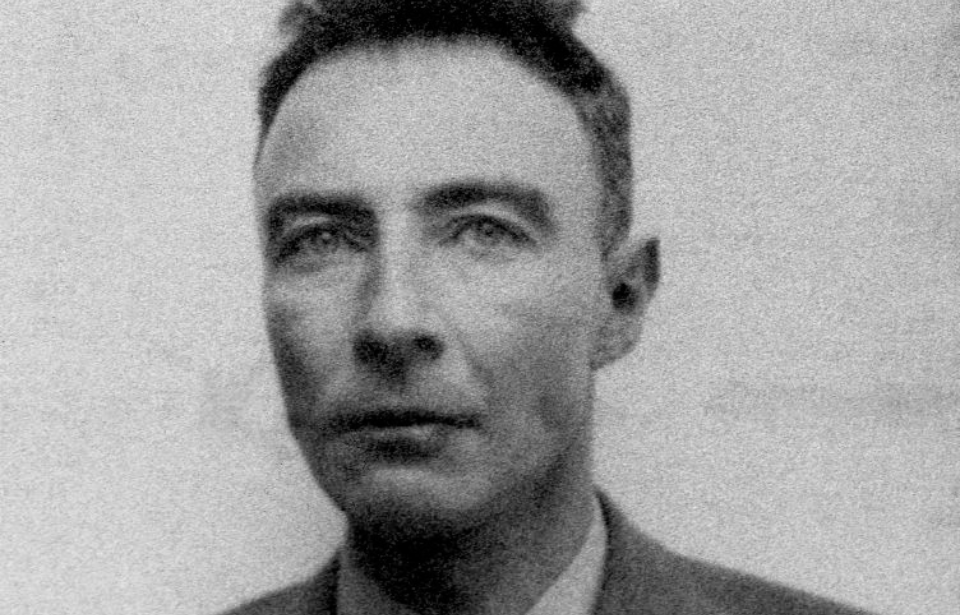The release of Oppenheimer in 2023 reignited interest in the lasting legacy of the “Father of the Atomic Bomb.” Nevertheless, a lingering mystery remains: the elusive whereabouts of J. Robert Oppenheimer’s final resting site. This mystery is intertwined with his central role in the Manhattan Project and his strong personal beliefs.
J. Robert Oppenheimer fled to the Virgin Islands

A decade following the Trinity Test, J. Robert Oppenheimer retreated from public engagements. In 1955, he moved to the Virgin Islands with by his wife, daughter, and son. They settled on a remote two-acre plot overlooking Hawksnest Bay, St. John, a location hardly acknowledged on most maps.
Numerous factors prompted Oppenheimer’s retreat from society. His involvement in classified US military endeavors put him under constant governmental surveillance. By relocating to St. John, he sought refuge from the prying gaze of the FBI, finding the freedom to pursue sailing and poetry without being constantly monitored.
Furthermore, his growing apprehension about the catastrophic potential of nuclear conflict informed his choice. Embracing an anti-nuclear position, he saw the Virgin Islands as a haven, confident it would be unharmed by nuclear fallout. Oppenheimer and his family lived there for twelve years. Ultimately, a beach was dedicated in his honor, commemorating his time on the island.
Opting for cremation, not a burial

The inability to visit J. Robert Oppenheimer’s grave stems from the fact he doesn’t have one. Oppenheimer, a man whose beliefs were complicated, notably lacked faith in the concept of an immortal soul, a belief similar to his perspective on death—a finality he compared to the aftermath of his atomic bomb’s detonation.
Upon succumbing to throat cancer on February 18, 1967, Oppenheimer chose cremation.
While a conventional grave may not be accessible, those interested can journey to the Virgin Islands and head to Oppenheimer Beach. It was here that his wife spread his ashes into the ocean, precisely at his favorite location, Carvel Rock.
A lasting memorial to J. Robert Oppenheimer

Sadly, death would continue to plague the family not long after J. Robert Oppenheimer’s death.
Five years after his ashes were scattered, his daughter went through the same ceremony following the death of her mother and Oppenheimer’s wife. Just five years after that, Katherine took her own life.
Want War History Online‘s content sent directly to your inbox? Sign up for our newsletter here!
The modest Oppenheimer bungalow had remained within the family after Oppenheimer’s death. However, prior to her passing, Katherine penned a note that left the property to “the people of St. John.” While the original home no longer exists, having fallen victim to a hurricane, the Virgin Islands Government operates and maintains a community center nearby.
